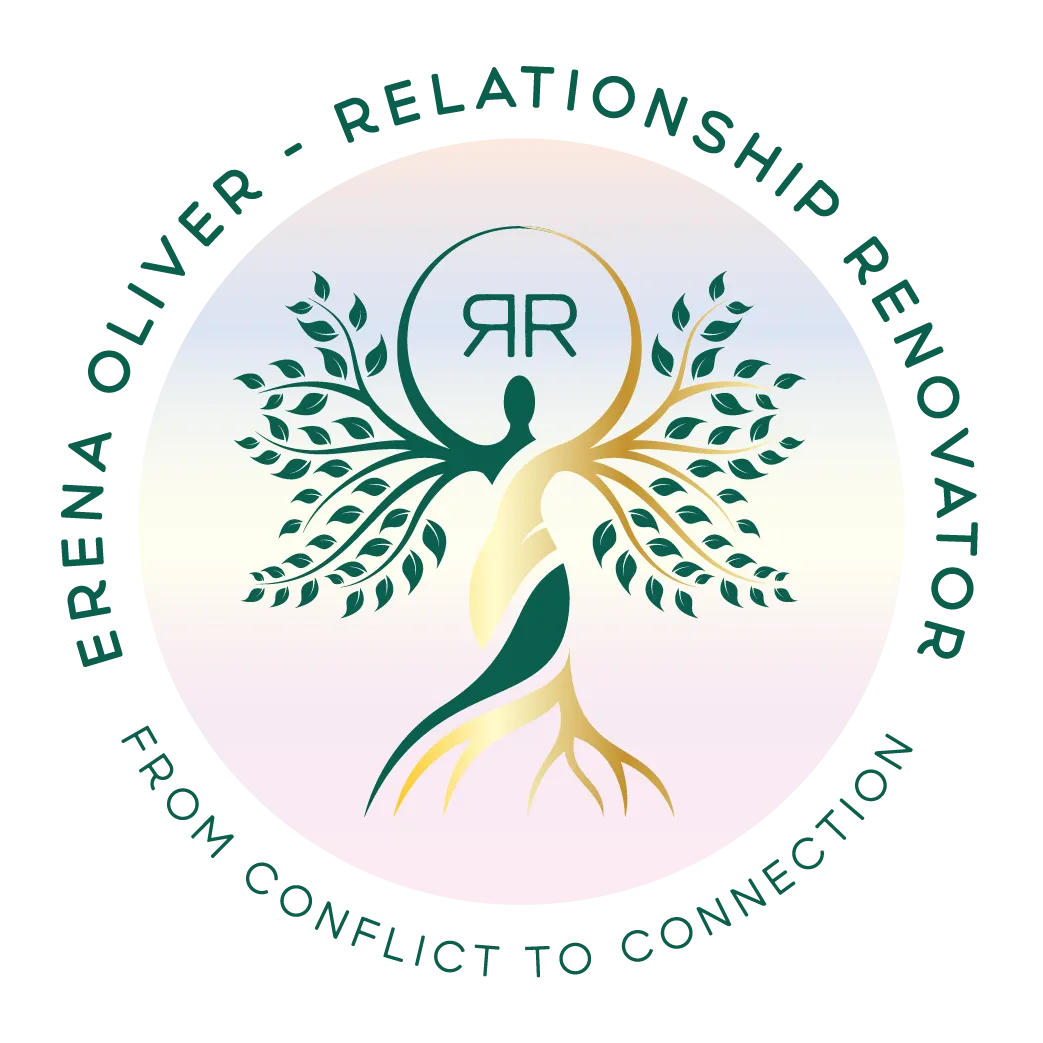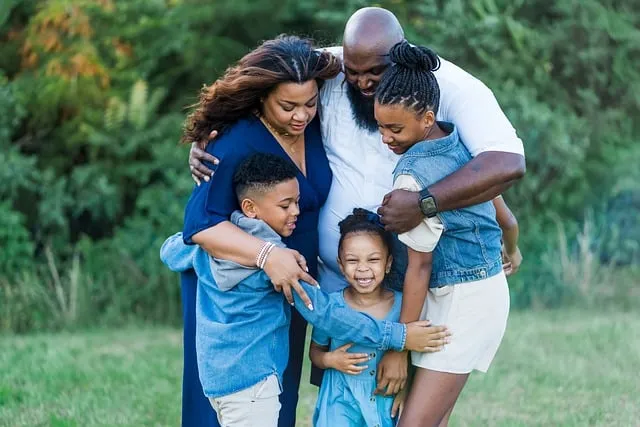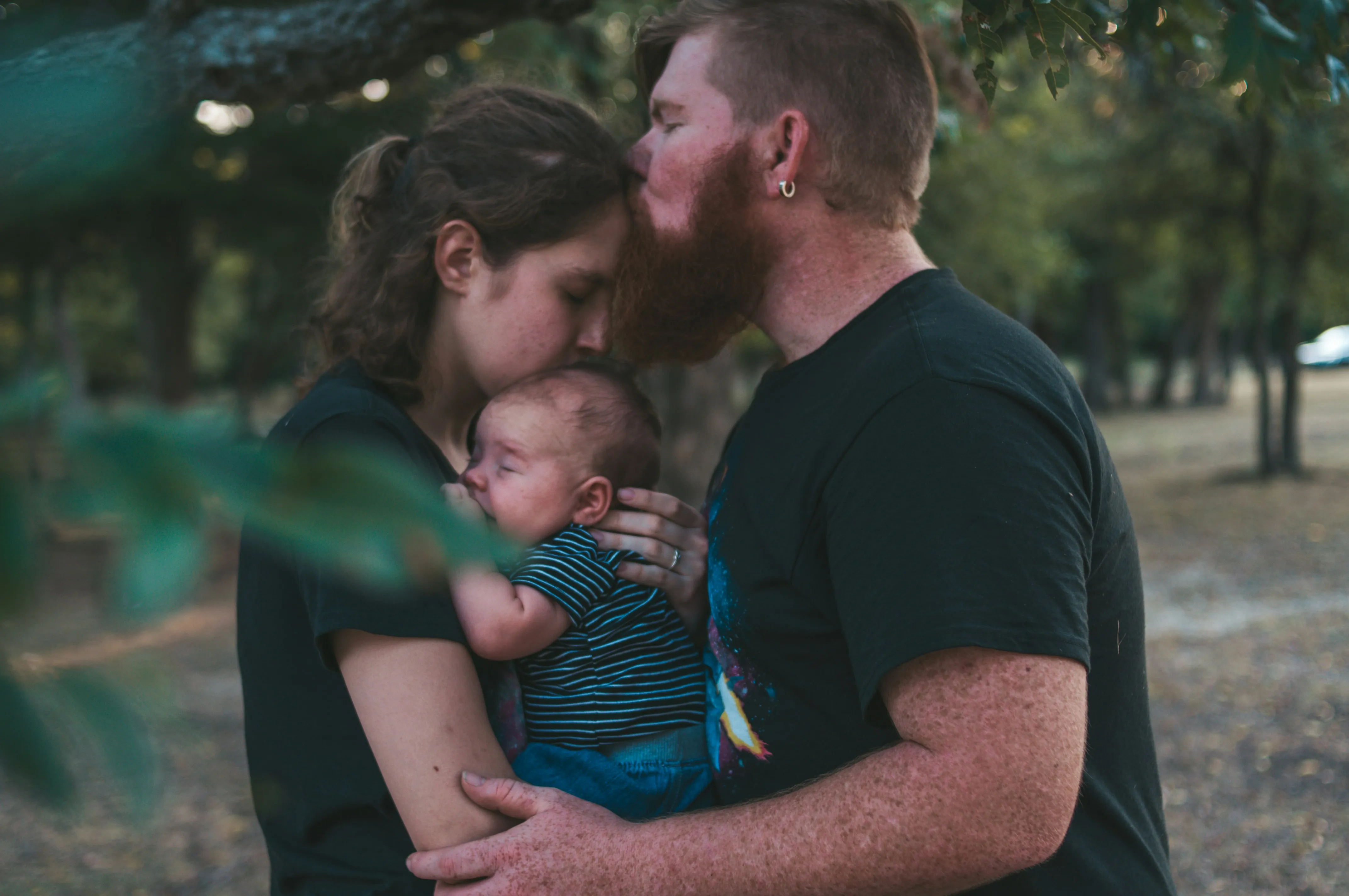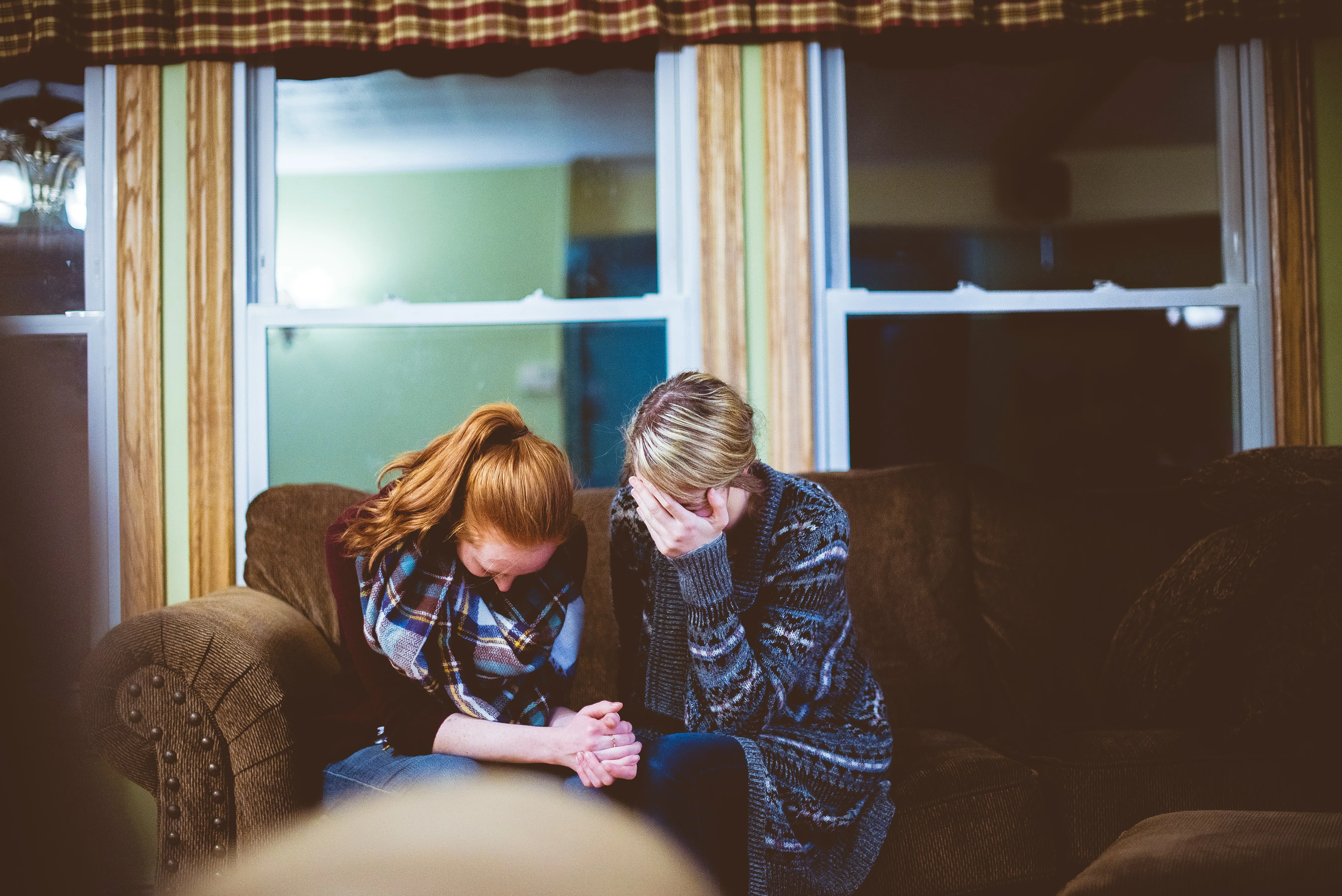Hurt People, Hurt People
The Cycle of Dysfunction and Trauma-Driven Relationships
1. The Nature of Trauma and Sensitivity to Energy
Trauma imprints deeply on the nervous system, heightening sensitivity to perceived rejection, fear, or resistance in others. In relationships where one or both individuals carry unhealed wounds, there is often an unconscious hypervigilance for signs of abandonment, disrespect, or lack of safety. This sensitivity leads to reactivity when even subtle shifts in tone, body language, or emotional energy are perceived as threats.
2. Walls and Emotional Barriers
People who have been hurt often build emotional walls to protect themselves. While these walls may create a temporary sense of security, they also block authentic connection and trust. When someone senses these barriers—whether through physical distance, avoidance, or emotional withdrawal—it can trigger their own fears and insecurities.
Example: A partner who withdraws emotionally when feeling criticized may inadvertently trigger their partner's fear of abandonment. The partner, sensing the withdrawal, reacts by becoming confrontational or defensive, escalating the conflict further.
3. The Perpetual Cycle of Hurt and Reactivity
When both individuals operate from a place of fear, resistance, or defensiveness, their interactions become stuck in a reactive loop. Moments of calm and connection may occur, but they are short-lived because the underlying trauma and fear have not been addressed. The relationship oscillates between conflict and temporary peace, with "standoff" energy—periods of emotional distance or superficial calm—becoming the default state.
4. Reactivity and Emotional Triggers
Trauma survivors often have heightened emotional triggers that create disproportionate responses to situations. A simple disagreement may escalate into a hurtful argument because both parties feel unseen, unheard, or unvalued. Over time, these reactive patterns erode trust, deepen emotional wounds, and reinforce the belief that connection leads to pain.
5. The Role of Resistance in Relationship Dysfunction
Resistance in relationships often manifests as:
· Emotional Avoidance: Withholding vulnerability to avoid getting hurt.
· Defensiveness: Reacting with justification rather than empathy.
· Projection: Attributing personal fears and insecurities onto the other person.
Resistance creates energetic walls that prevent authentic communication and intimacy. For trauma-sensitive individuals, resistance is often interpreted as rejection, leading to further reactivity, hurtful behavior, and disengagement.
6. Breaking the Cycle: The Path to Healing and Connection
To interrupt the cycle of hurt and reactivity, both individuals must commit to healing and understanding their trauma responses.
· Cultivate Awareness: Recognize personal triggers and emotional patterns.
· Shift from Protection to Growth: Move from defensive postures to open-hearted curiosity and empathy.
· Practice Vulnerability: Build trust by expressing fears, needs, and feelings without blame.
· Hold Space for Compassion: See the hurt beneath the hurtful behavior. Understand that reactivity is often a protective response rather than a deliberate act of harm.
Healing requires patience, self-awareness, and a willingness to dismantle the walls that prevent connection. By creating safety and nurturing compassionate communication, relationships can move from a cycle of dysfunction to a space of mutual understanding and growth.







